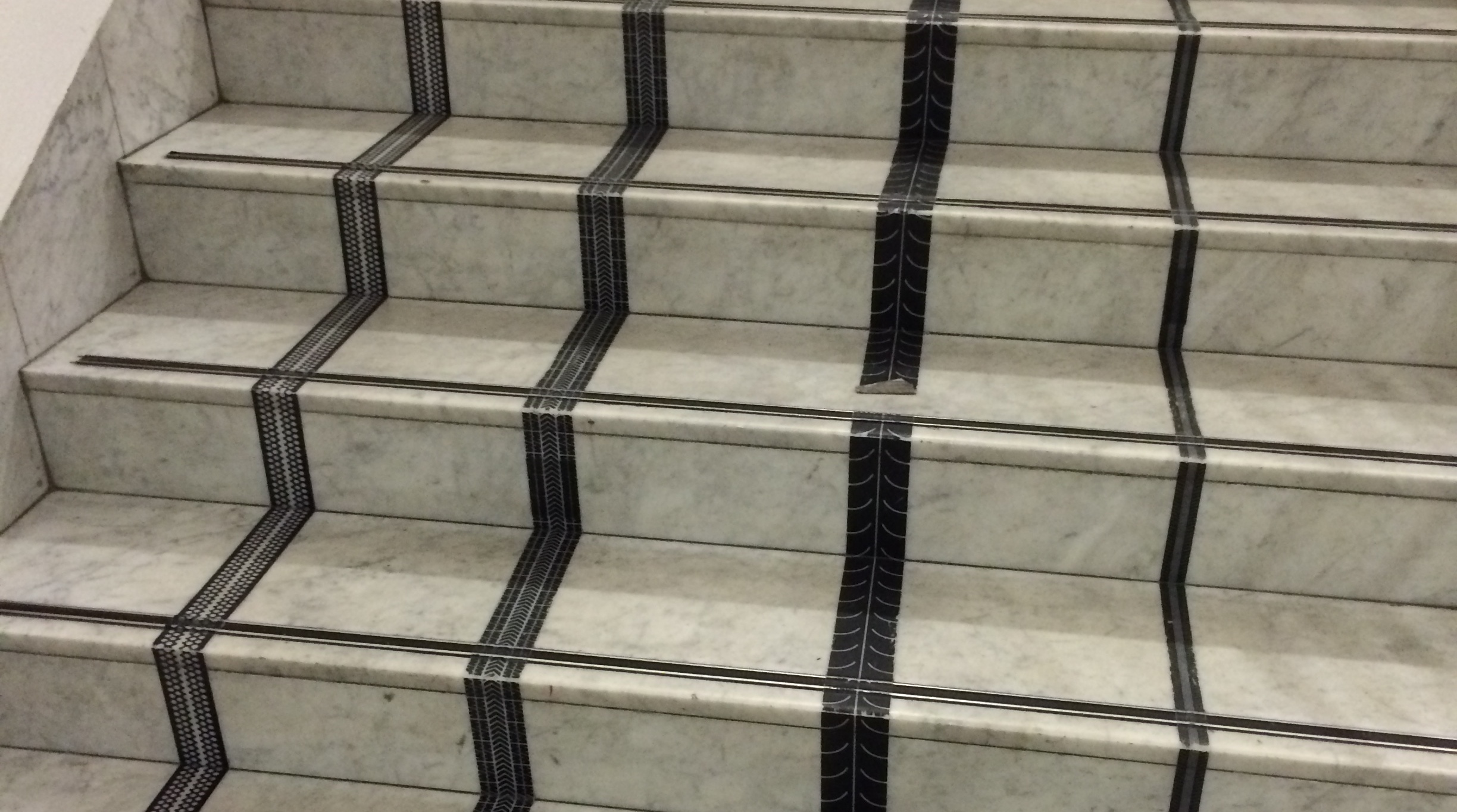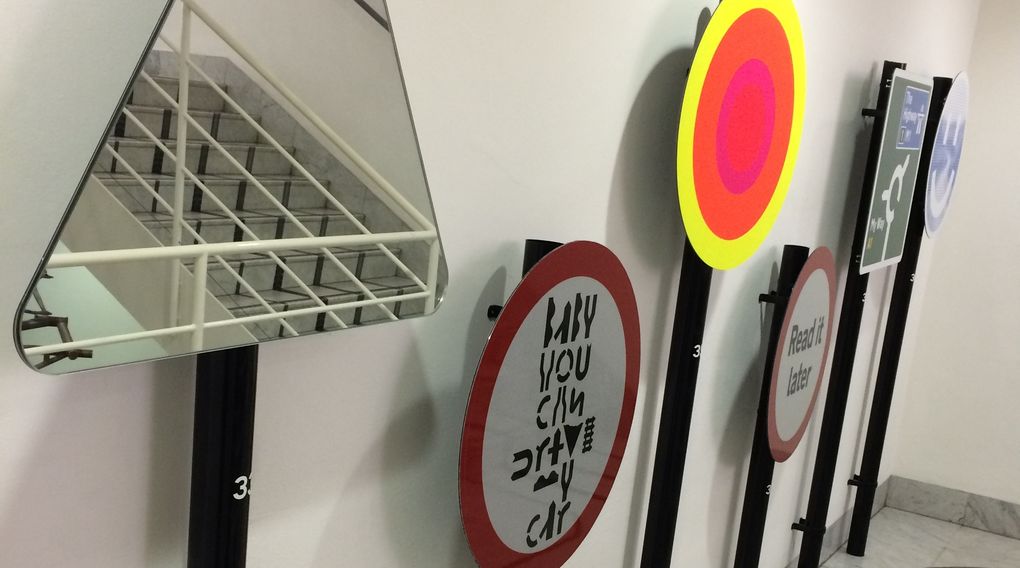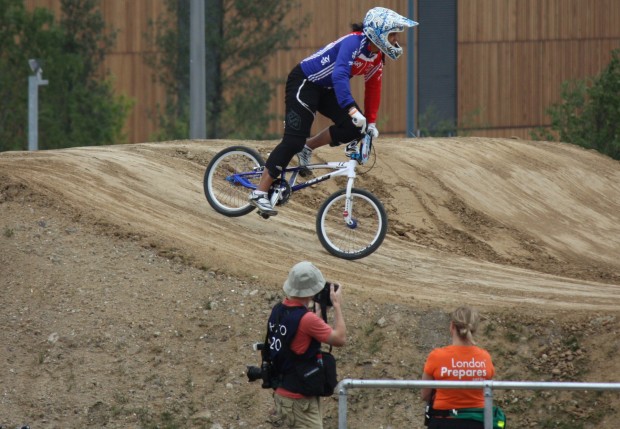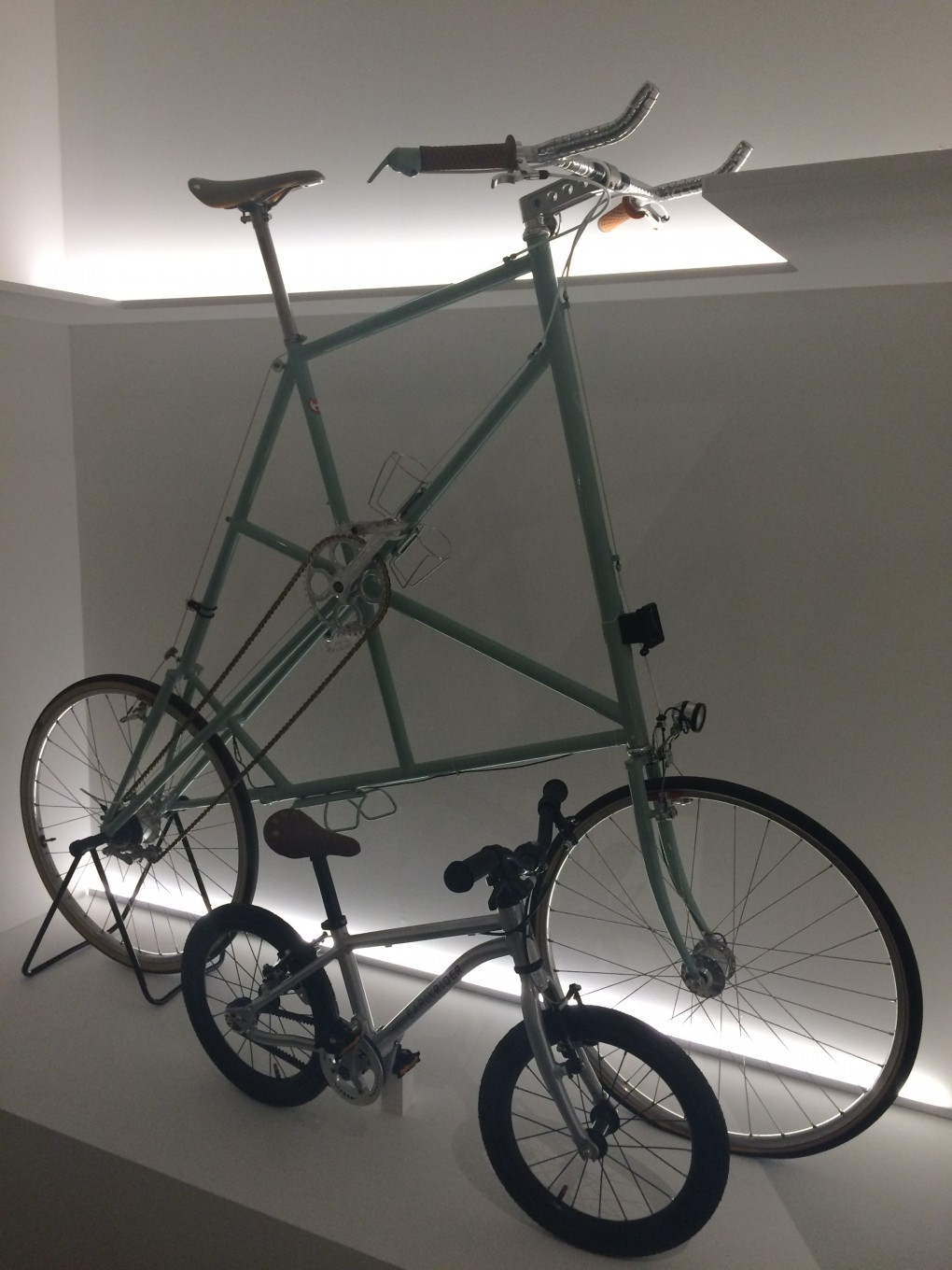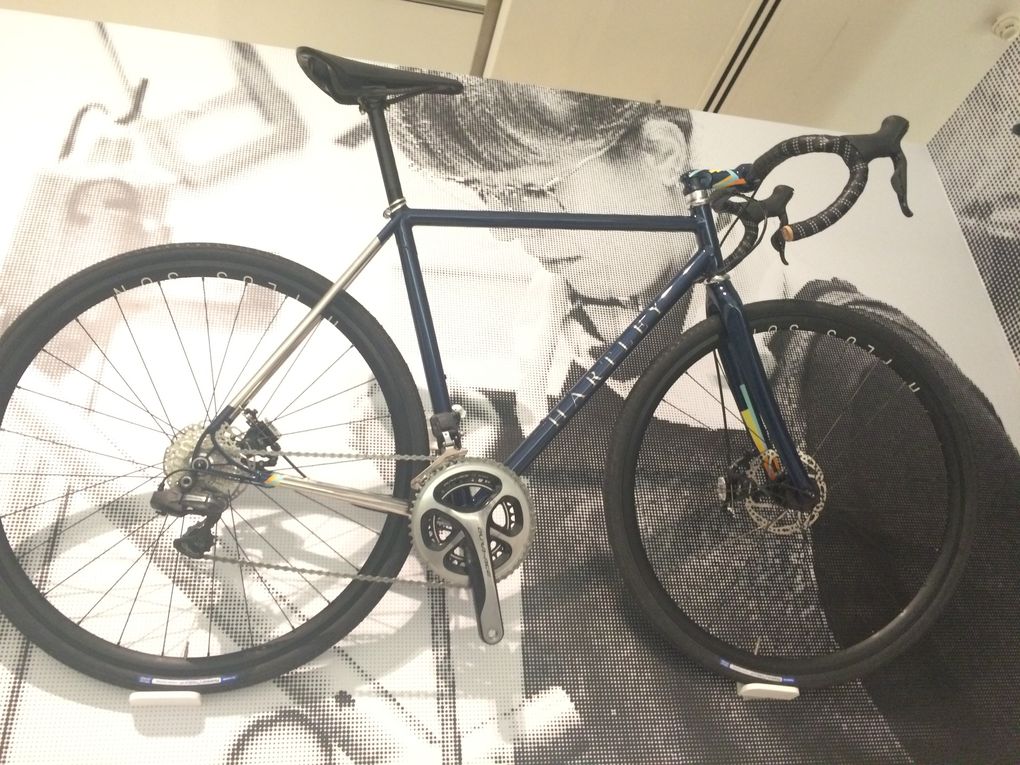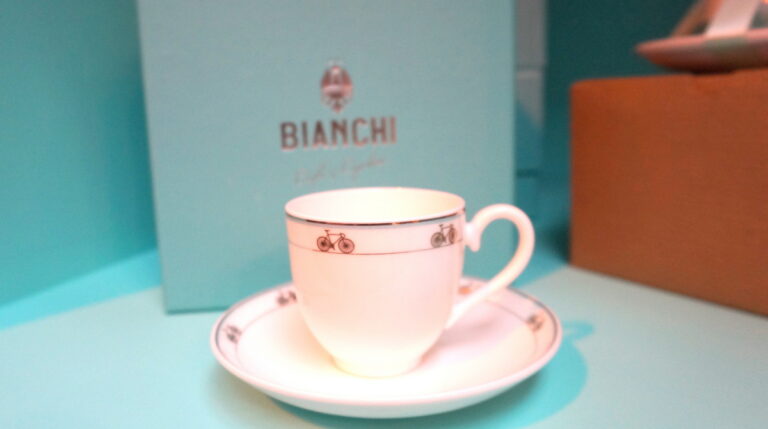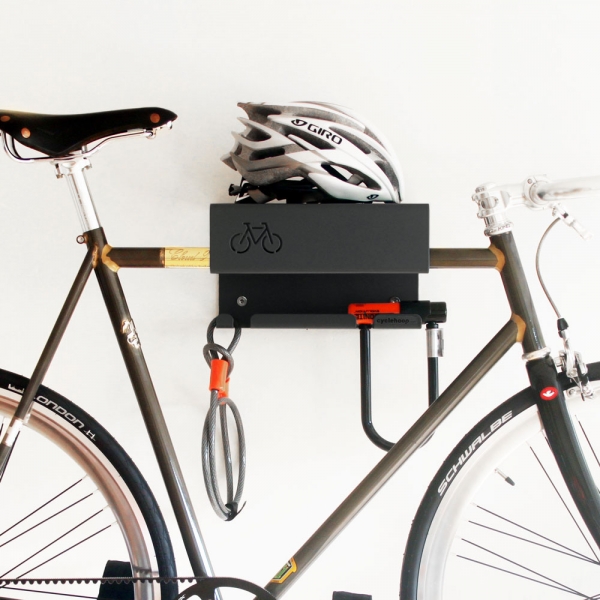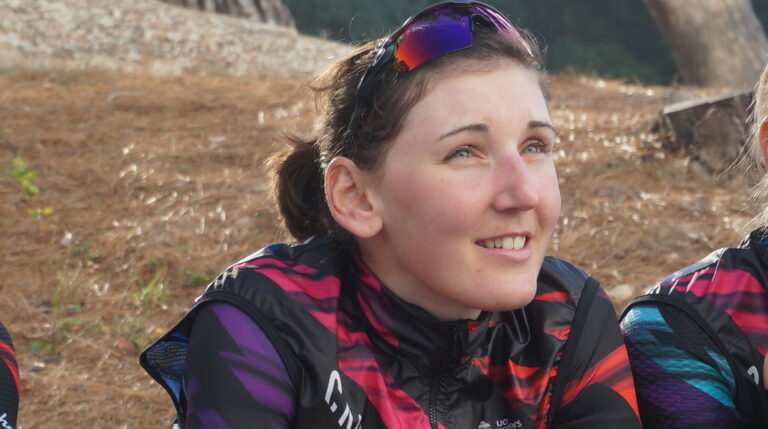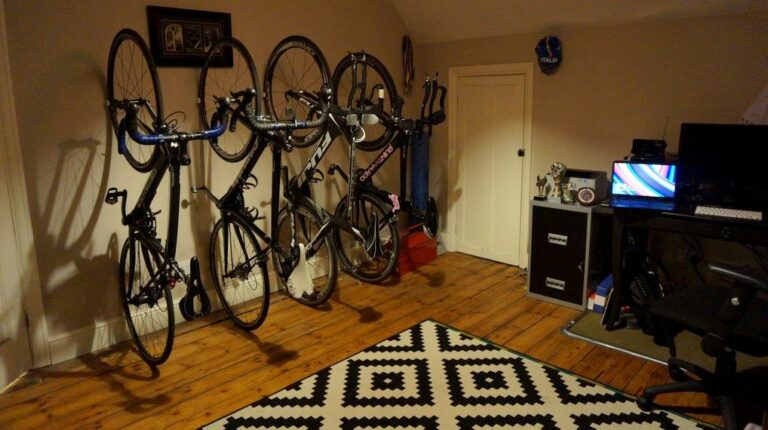The Cycle Revolution is showing at London’s Design Museum until the end of June. The exhibition celebrates cycling, and all of its tribes – showcasing everyday commuters as well as Olympic athletes. Contributor Helen Reid (@helenmariareid) shares some of the highlights…
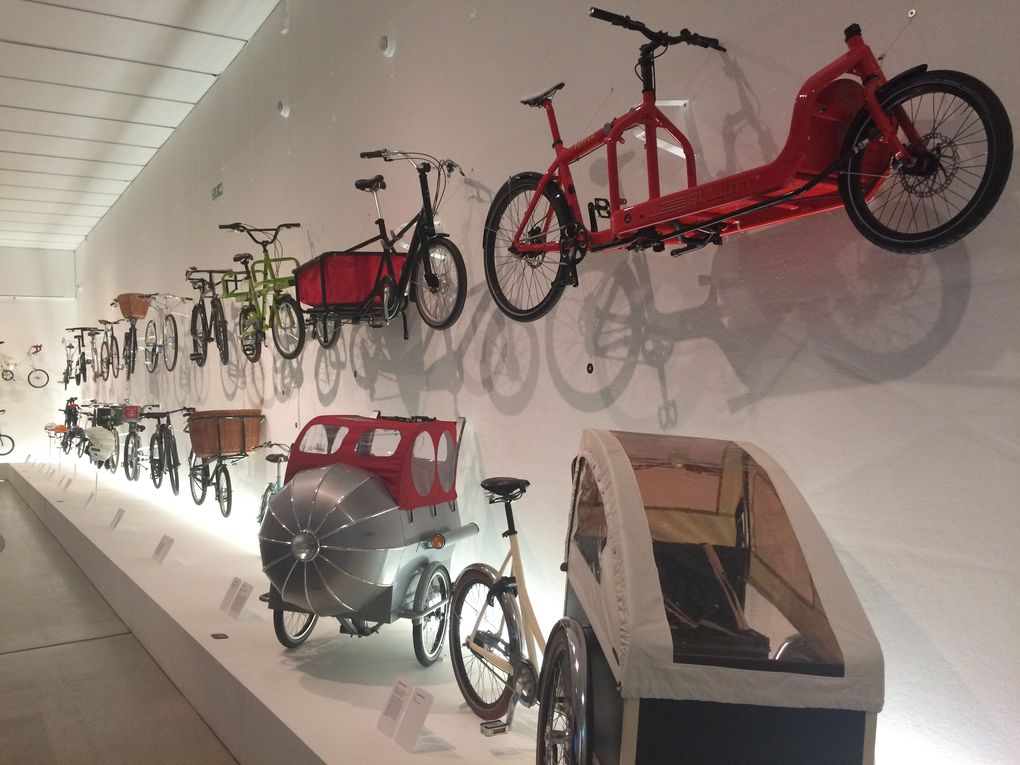
The Cycle Revolution exhibition at the Design Museum is as much about bikes as the people power behind them. I went to look not only at the cycling revolution and how it moves with society, but particularly at how women’s cycling is changing and growing.
The revolution is divided up into four tribes of cyclists – cargo bikers, urban riders, thrill seekers and high performers. Each tribe is represented by one individual who best epitomises the group.
It’s arguably within the urban riders tribe that the change is most visible in our day-to-day life and in our cities’ anatomies. The representative for the urban riders was Lucy Granville – a commuter who won a competition run by the museum. When submitting her entry to the competition, she said ‘my bike is my freedom pass.’ Indeed, in a congested city like London with its overcrowded public transport, a bike means not having to rely on anyone else to get from A to B.
The good news presented was that the modal share of cyclists compared with cars is rising fast in London, estimated at around 3-4% currently, but it’s not enough – the critical mass needed to put cycling at the top of the transport agenda is 10%.

